Exam 3: Pathology
1/98
There's no tags or description
Looks like no tags are added yet.
Name | Mastery | Learn | Test | Matching | Spaced |
|---|
No study sessions yet.
99 Terms
List the five phases of mitosis in correct order
Interphase
Prophase
Metaphase
Anaphase
Telophase
What is the first step in the healing process?
inflammation
Which of the following indicates pain?
a. rubor
b. calor
c. dolar
d. tumor
c. dolar
Pus is the result of the death of millions of:
leukocytes
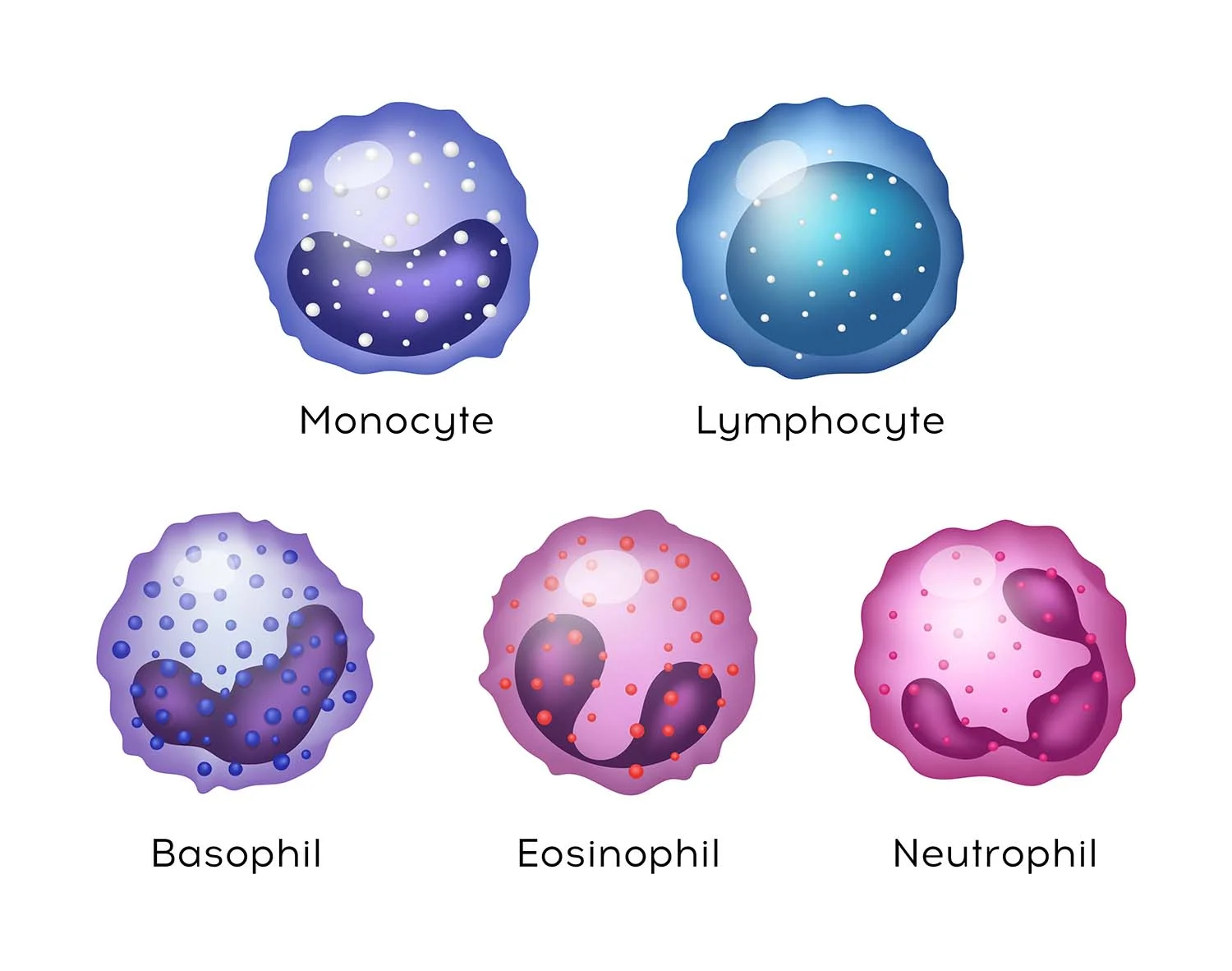
A blood clot that has become detached is known as a/an:
Embolus
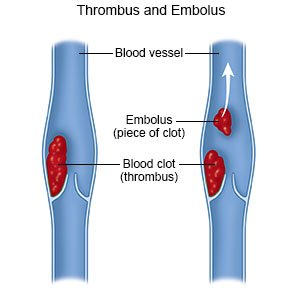
Anoxia due to pulmonary disease is referred to as:
anoxic anoxia
Round cells, characteristically found in chronic inflammation, consist of all of the following:
monocytes (which mature into macrophages) FYI: a WBC
lymphocytes
plasma cells
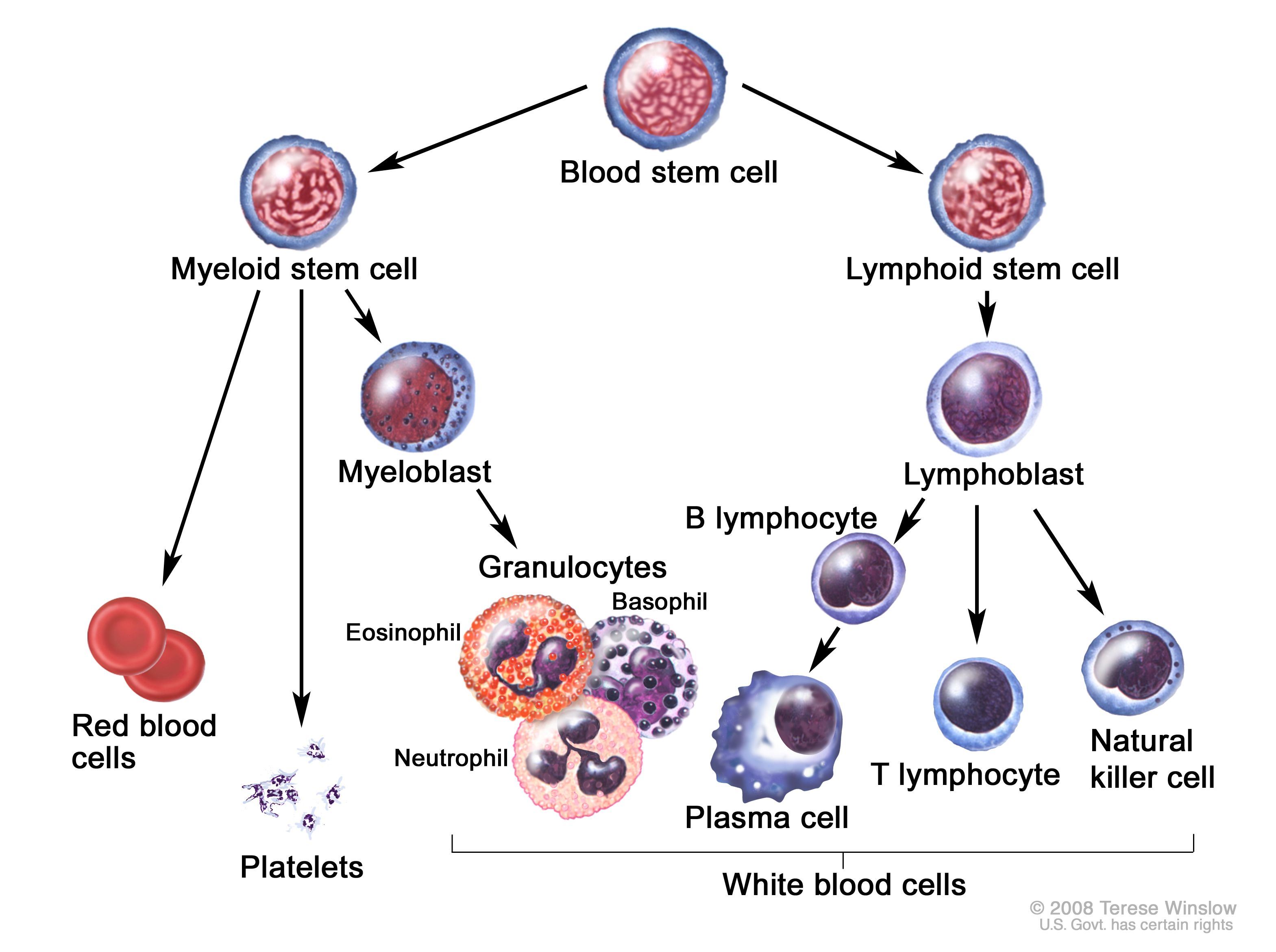
Which of the following tumor markers is very sensitive but non-specific?
a. b-HCG*
b. Ca 125
c. CEA
d. PSA *
DOUBLE CHECK
b. Ca 125
What are the five classic symptoms of the inflammatory response? Give both the Latin and English translation
5 cardinal signs of inflammation:
Rubor (redness)
Tumor (swelling)
Dolar (pain)
Calor (heat)
Functio laeso (loss of function)
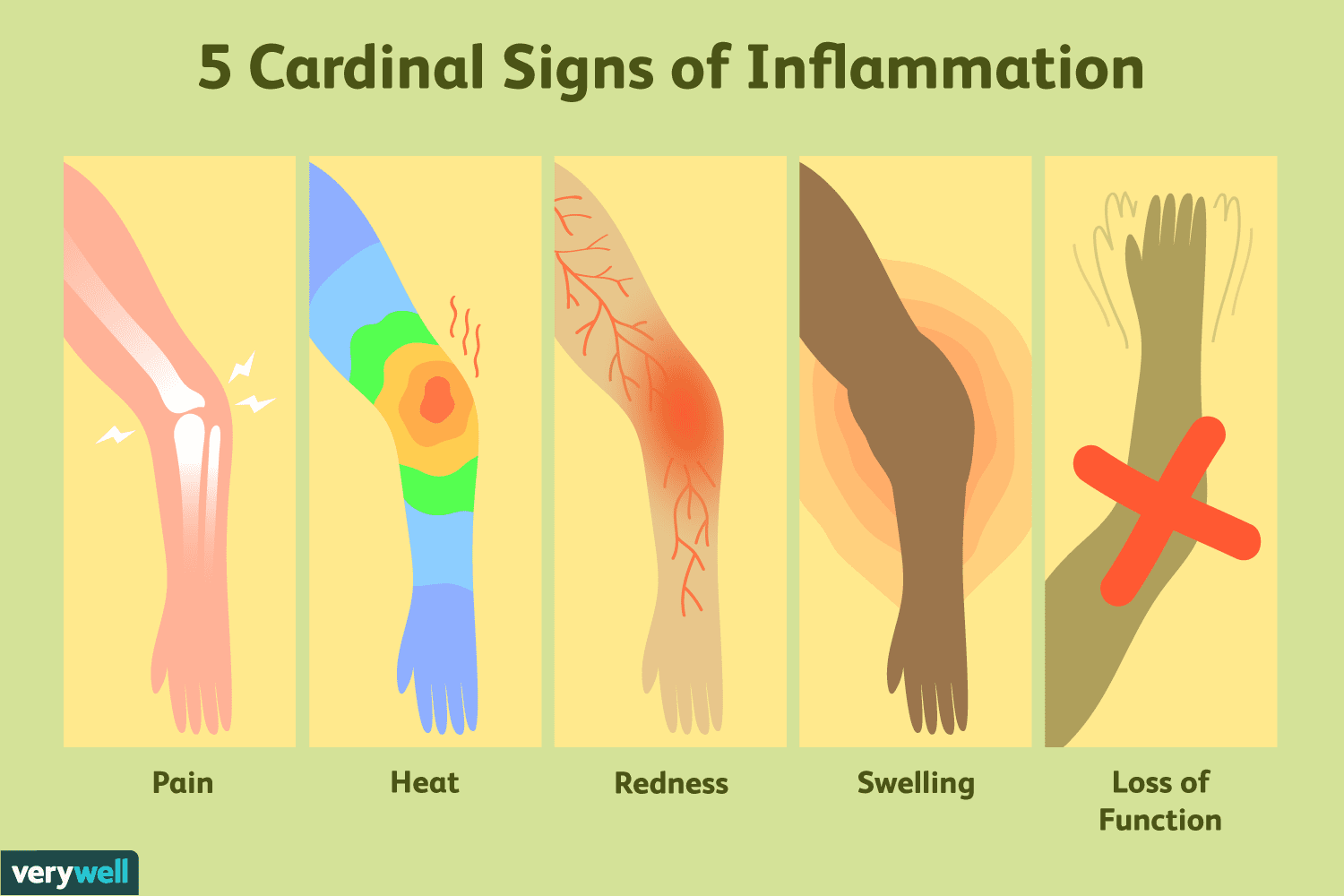
What organelle is regarded as the digestive system of the cell?
lysosome
Within a strand of DNA, the nitrogenous base adenine is attached to the nitrogenous base:
thymine
The muscle cells composing __________ muscle tissue have only one oval nucleus.
smooth
The direct migration of inflammatory cells toward an injured area defines:
chemotaxis
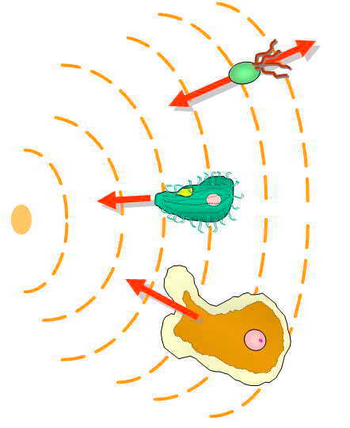
The increase in the number of circulating leukocytes associated with the inflammatory reaction is known as:
leukocytosis
A condition in which a proper inflammatory response does not or cannot occur is called:
anergy
Necrosis is:
an irreversible change resulting in death
MATCH the following tumor markers with their most closely associated cancer:
Ca 125
MATCH the following tumor markers with their most closely associated cancer:
ovarian
MATCH the following tumor markers with their most closely associated cancer:
b-HCG
MATCH the following tumor markers with their most closely associated cancer:
choriocarcinoma
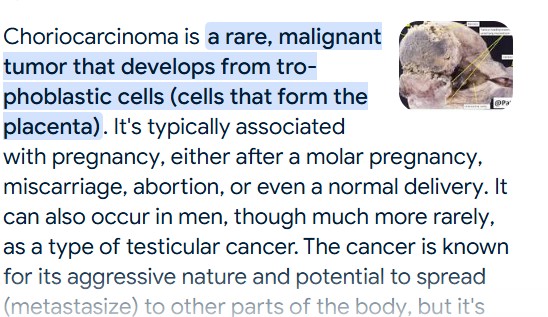
MATCH the following tumor markers with their most closely associated cancer:
PSA
MATCH the following tumor markers with their most closely associated cancer:
prostate
MATCH the following tumor markers with their most closely associated cancer:
CEA
MATCH the following tumor markers with their most closely associated cancer:
colorectal
MATCH the following tumor markers with their most closely associated cancer:
AFP
MATCH the following tumor markers with their most closely associated cancer:
Liver (fyi: and testicular)
Anoxia caused by an inability of the cells to utilize oxygen is referred to as:
histotoxic anoxia
What cells are responsible for the humoral response?
B-Cells (a type of lymphocyte)
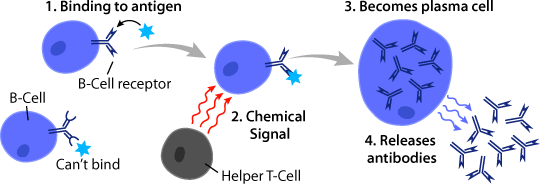
Any substance that is capable of triggering an immune response is called a/an:
antigen
What organelle synthesizes proteins?
ribosomes
Complete blockage of blood to an area is termed:
infarct
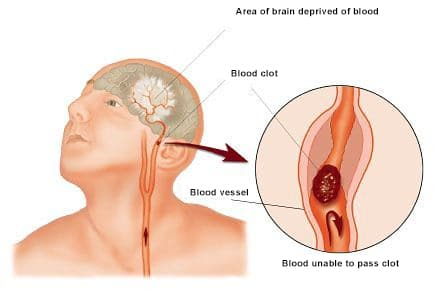
A hemorrhage involving an accumulated "swelling" of blood, such as in a blood blister, is known as:
hematoma
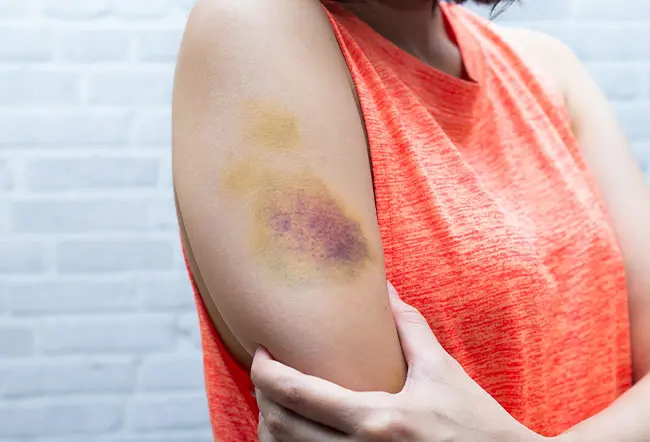
Acquiring immunity via the passive natural mode would involve:
transfer of antibodies through the placenta (or breast milk) by the mother
The cell type responsible for recognizing, phagocytosing, and transporting antigenic material to the lymph nodes is the
macrophage
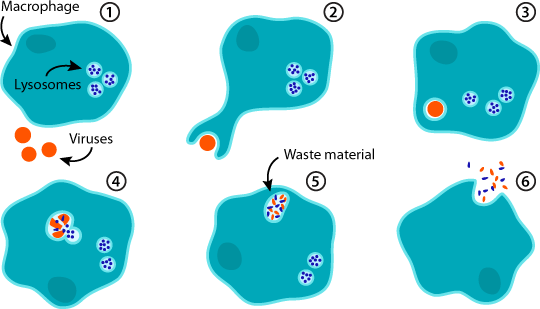
Give 3 examples of antigens:
infectious agents
foreign proteins
tissue grafts
Certain infections that occur during times of low resistance are called:
opportunistic
What is the most common cause of inflammation?
microbes
The cells "circulatory system" is the:
endoplasmic reticulum
The organelle that is known as the "power plant" of the cell is the:
mitochondria
A keloid (excessive scar-like skin formation) is often treated with
Radiation therapy (FYI surgery can too but we focused on RTT)
Name three of the five prognostic factors for breast cancer:
S-Phase Index (# of cells that are actively dividing
Polidy (amount of DNA each cell contains)
Estrogen Receptor (indicates if breast CA cells will respond to estrogen)
Progesterone Receptor (indicates if breast CA cells will respond to progesterone)
Cathepsin D(measures amount of enzyme present. ↑ Enzymes = ↑ agressive CA)
Name two of the cancers that are closely associated with the EBV:
HD (Hodgkin’s Disease)
Nasopharyngeal
Burkitt’s Lymphoma
The two general types of lymphocytes are called:
T cells and B cells
"Pin point" hemorrhages are also known as:
petechiae
Name a cancer that is closely associated with HBV:
liver
What cells are responsible for the cellular mediated response?
T- Cells
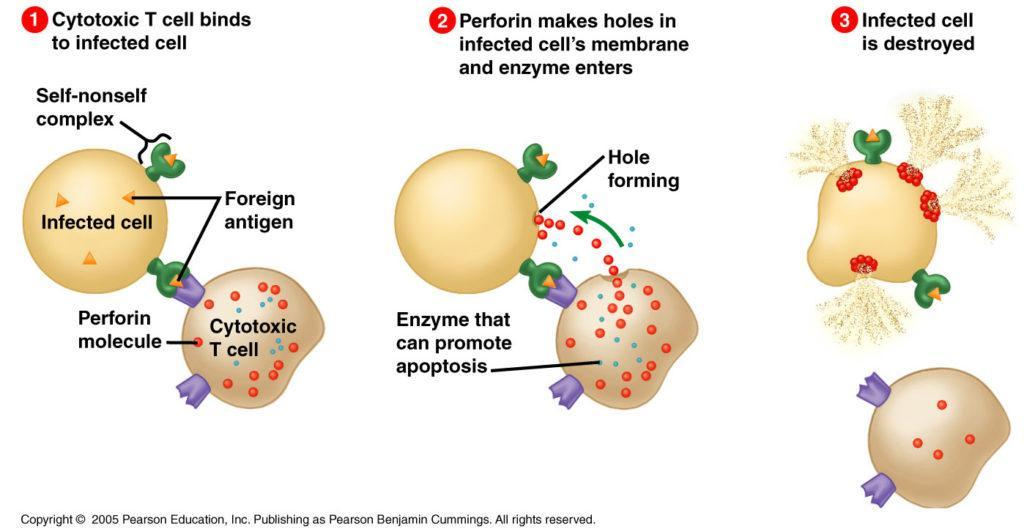
Name a cancer that is closely associated with HPV:
cervical cancer
The (missing) diagram below is an example of the process of:
phagocytosis
The diagram below is an example of the process of:
mitosis
Blood is a form of (what type of) ___tissue.
Connective
Genes are composed of:
DNA
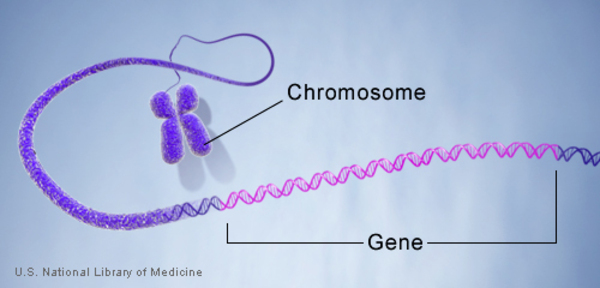
Cells are composed mostly of water. What would be the second most common "ingredient" in cells?
proteins
what organ(s) assumes the function of the spleen if the spleen is removed?
liver
bone marrow
How big is a typical normal lymph node?
the size of a kidney bean
1-25 mm long
These vessels take lymph away from the node.
efferent
(e = exit)
This is the part of a node that consists of a maze. The first part of this maze is called the corridor
lymph sinus
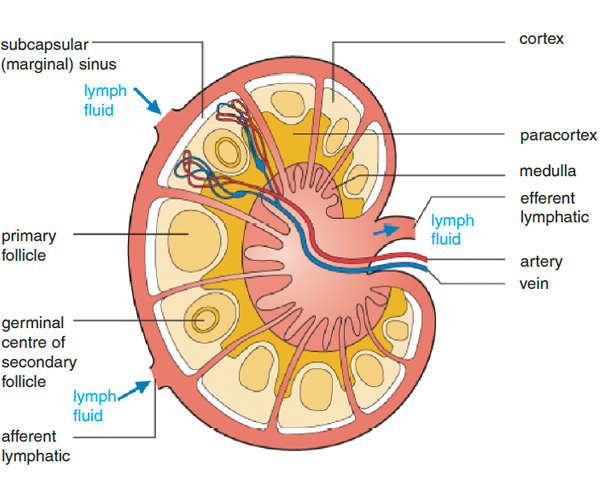
What is the name of the (palliative) surgical procedure that can be used to treat a cord compression patient?
Laminectomy & placement of stabilizing rods
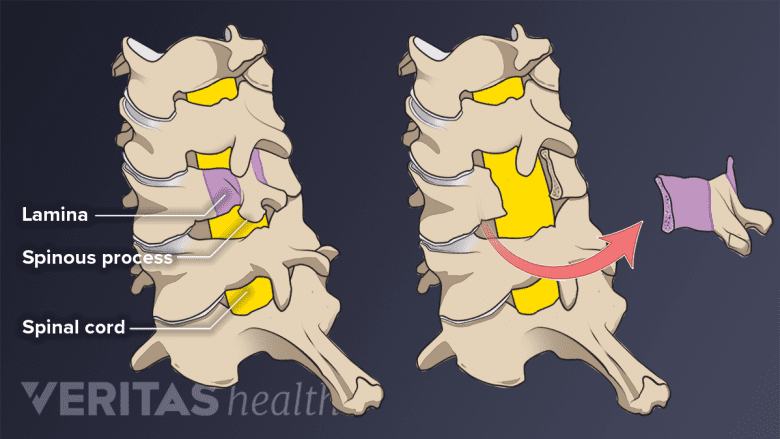
This is the supporting structure of a node, like the node’s skeleton:
Trabeculae
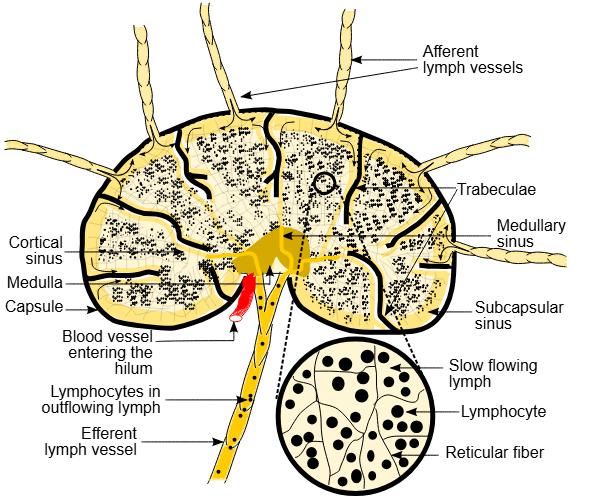
The spinal cord is located on the ____________ aspect of the vertebra.
posterior
T / F A cord compression patient presenting with numbness and coldness is not in any immediate danger and can be treated at the therapists leisure.
False:
a real emergency if there are neurological signs such as:
paresthesia (numbness) in extremities
coldness in extremities
paraplegia means nerve damage is present.
Which of the following are common presentations for SVC (note: two of these apply):
1. N/V with diarrhea
2. upper edema
3. hoarseness
4.cyanosis
DOUBLE CHECK
upper edema
cyanosis
T / F Only about 1% of all cancer patients have evidence of pericardial involvement at autopsy.
False: it is 20%
This lymphoid tissue has a somewhat obscure function. It may have a role in immunity as well as a role as an endocrine gland in that it secretes hormones that regulate growth and development:
Thymus
Know all of the (3) superficial lymph node groups
Cervical lymph nodes
Axillary lymph nodes
Inguinal lymph nodes
term. collateral circulation
def. developing new pathways for lymph vessels
Body areas that do not typically have any access to lymph:
Brain (due to CSF)
Cord
Cornea
Epidermis: skin, hair, nails
Very little in skeletal muscles
Lymph is not circulated by the heart. Know the methods by which lymph is circulated through the body
Skeletal muscle contractions
Respiratory movements
Lymph that is milky in appearance having come from the digestive tract is called:
chyle
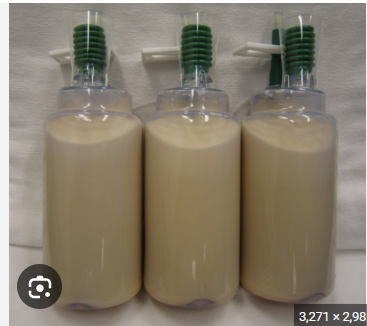
What lymphatic duct drains the largest part of the body and what part(s) of the body does it drain?
Thoracic (left)
Begins at: cisterna chyli
Empties into: the Left Subclavian Vein
What is the largest mass of lymphatic tissue in the body?
spleen
What lymphatic gland is larger in children than in adults?
thymus
Know the functions of the spleen.
To phagocyte bacteria and worn out blood elements
To produce lymphocytes
Store and release blood and demand(like a reservoir of blood)
Escape of fluid into a part defines what term?
Effusion
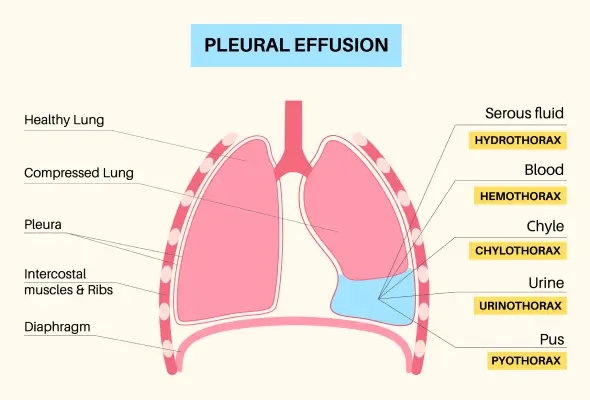
The accumulation of excess fluid into the pericardium defines what term?
Tamponade
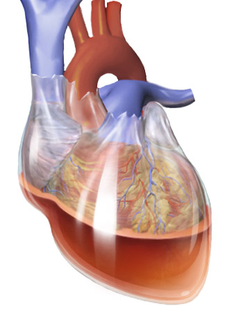
Know the standard dose/fractionation scheme for treating an SVC patient?
400 cGy/ day for 3 days
Then resume to a normal 180 cGy/ day
“Numbness or tingling” defines what term:
Paresthesia
A dilated sac that serves as a reservoir for chyle describes what structure?
Cisterna chyli
List the three traditional RTT oncologic emergencies:
SVC
Spinal Cord Compression
Hemorrhage
What does SVC stand for?
Superior Vena Cava Syndrome
The cisterna chyli (where the thoracic duct begins) is located around what spinal level:
L2
The microscope was introduced in the early part of what century?
17th
Clinical disease has its inception with some kind of cellular injury or malfunction that is ultimately expressed at what level of function?
molecular / cellular
"A set of circumstances in which cellular processes associated with life proceed normally and in accordance with the function genetically assigned to that cell" defines what term?
Homeostatic State
What is the "hallmark" of reversible damage?
cellular swelling
Who first described the five cardinal features of the inflammatory reaction?
Celsius
The most common cause of tissue damage is:
hypoxia
The most widely recognized cause of inflammation is:
microbial
T / F For the radiation therapist, the most obvious and frequently seen
cause of tissue damage is ionizing radiation.
True
List the 6 important causes of cell damage:
hypoxia
chemicals
microorganisms
immunological reactions
neoplasms
radiation
The 6 important causes of cell damage all share a common pathway to causing damage. And that pathway is by leading to the production of:
free radicals
T / F Cells are diverse in size, shape and function.
True
What is the material from which genes are made?
DNA
Genes are assigned specific positions (or loci) on protein structures called:
chromosomes
Cytoplasm is a conglomerate of semi-liquid material called:
Cytosol
These organelles are important in the storage and management of
intracellular chemical substances:
Golgi Apparatus
These are the organelles that produce ATP from sugar and other organic
fuels:
mitochondria
What does ATP stand for?
Adenosine Triphosphate
This is the phase of the cell cycle in which living cells are fully functional but
not programmed for mitosis. They will not divide:
G0 or G1
What is the shortest phase of the cell cycle?
M
This is the phase of the cell cycle wherein nuclear DNA is synthesized:
S
What, in general, are the three chemical components of nucleotides?
phosphate
sugar (5 carbon)
nitrogenous base
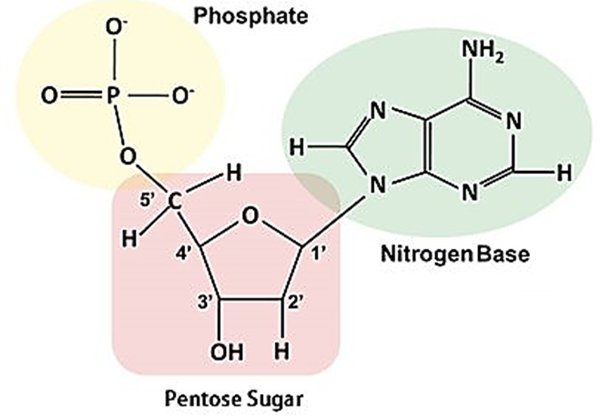
What is the nitrogenous base that substitutes for thymine in RNA?
uracil
These are the "building blocks of life":
proteins